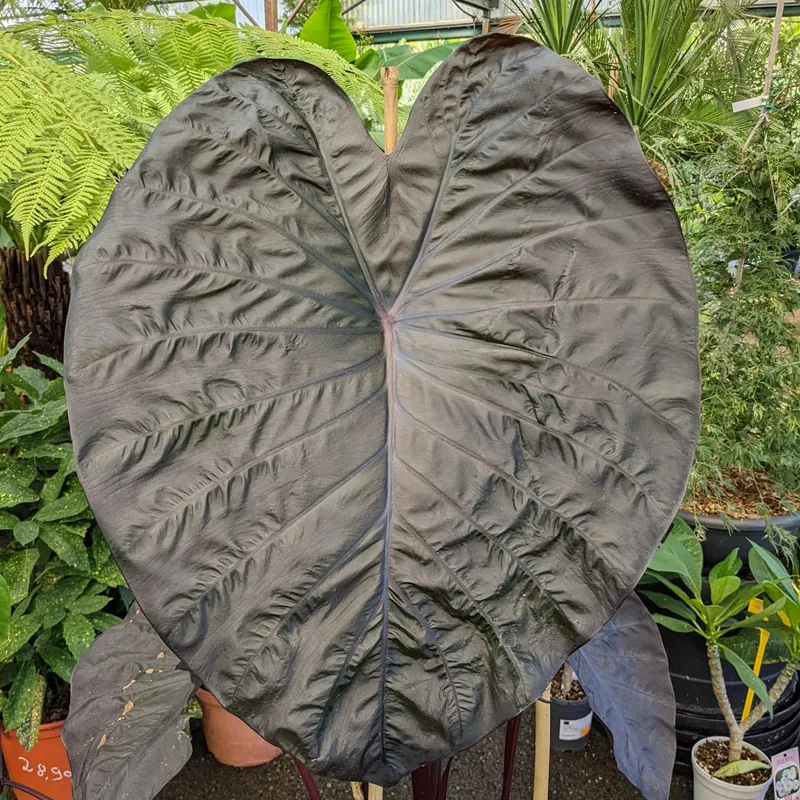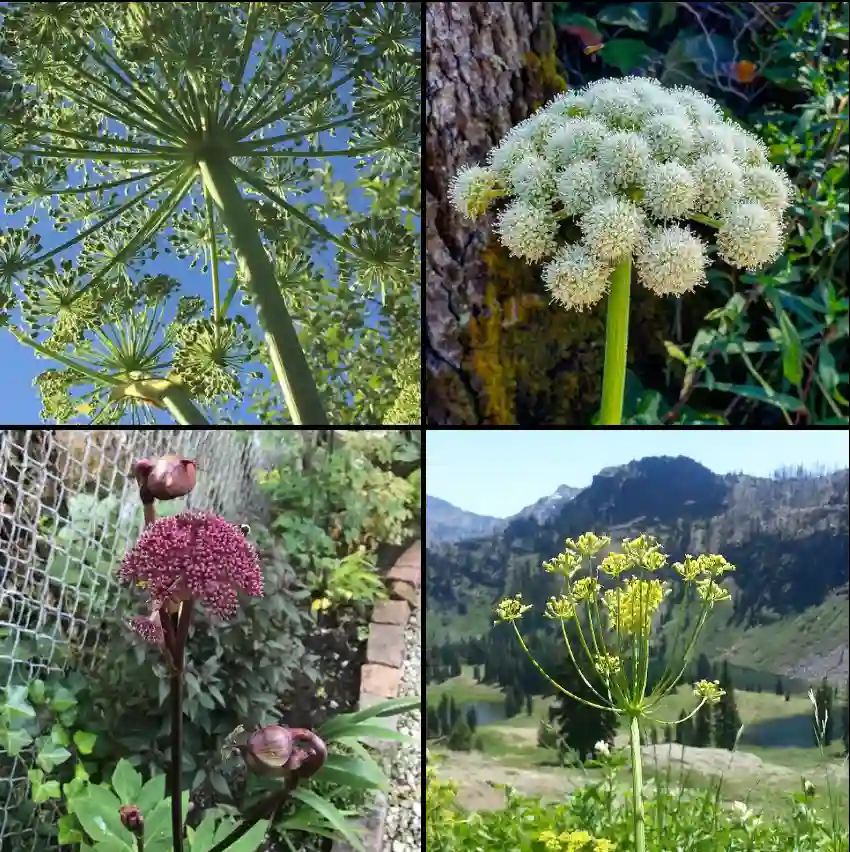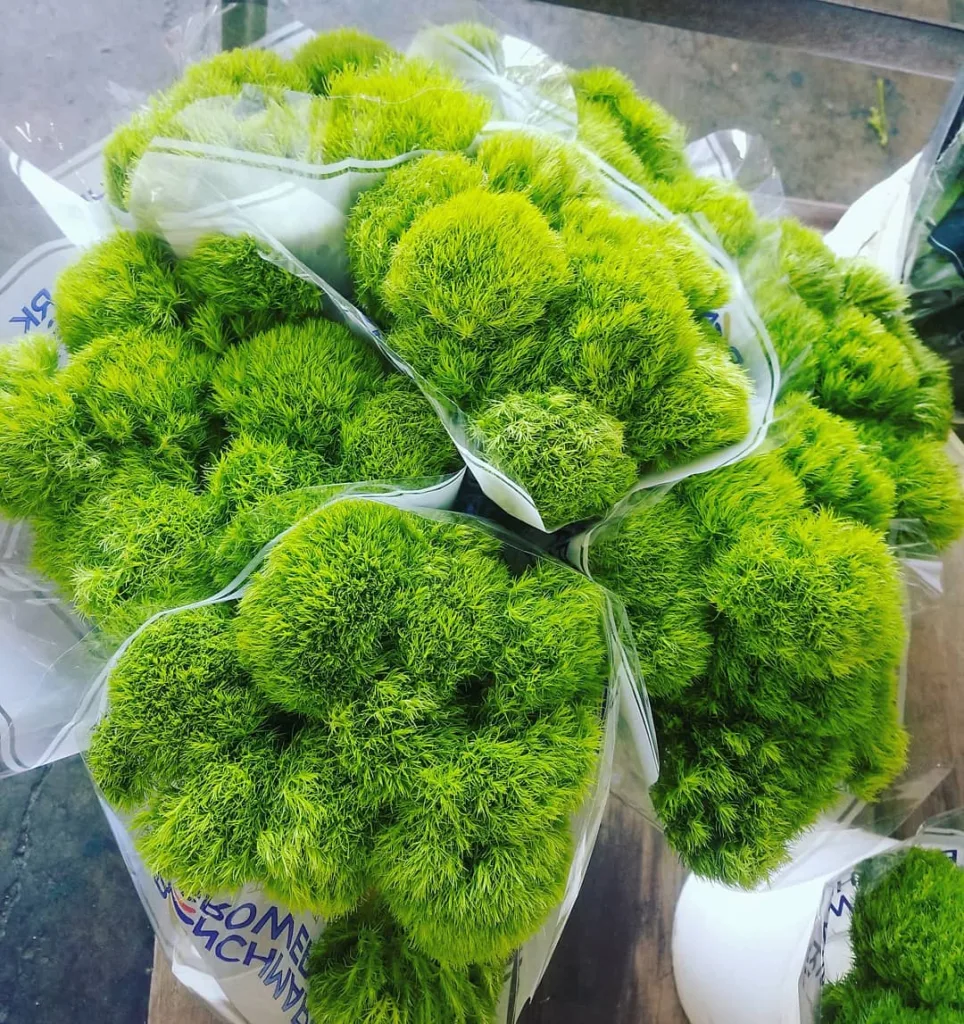Exploring the Kirkiaceae Family: My Fascination with Kirkia and Beyond
The plant world never ceases to amaze me, and one of the most intriguing families I’ve encountered is Kirkiaceae. It’s a small but fascinating family that often flies under the radar for many plant enthusiasts. However, for those of us who appreciate unique botanical specimens, this family, particularly the Kirkia genus, deserves attention.
A Brief Overview of the Kirkiaceae Family
Kirkiaceae is a relatively small family of flowering plants that thrives mostly in Africa. It’s part of the Sapindales order, a classification that includes better-known families like the Sapindaceae (soapberry) and Anacardiaceae (cashew) families. Though Kirkiaceae isn’t as commercially popular, its members are of ecological importance in the regions where they grow, offering a unique glimpse into the diversity of the world’s flora.
My initial interest in the Kirkiaceae family was sparked during one of my botanical explorations. While I’ve spent countless hours learning about popular genera, discovering something lesser-known, like Kirkiaceae, felt like uncovering a hidden gem.
Kirkia: The Standout Genus in Kirkiaceae
One genus within Kirkiaceae that stands out is Kirkia. The Kirkia genus includes several species of trees that primarily grow in arid and semi-arid regions of southern Africa, such as Zimbabwe, Mozambique, and Madagascar.
What fascinates me most about Kirkia is its resilience. These trees are well-adapted to dry, challenging environments, showcasing their ability to survive in conditions where many other plants would struggle. When I first encountered Kirkia acuminata, also known as White Kirkia or Mountain Mahogany, I was impressed by its striking appearance and hardiness. It grows in rocky outcrops and dry woodlands, and its ability to thrive in such harsh environments demonstrates the plant’s incredible adaptability.
The wood of Kirkia species is also worth noting. The timber is dense, durable, and is used locally for a variety of purposes, including making furniture and traditional construction materials. Although Kirkia species aren’t as widely known in horticulture or commercial industries outside Africa, they hold great cultural and practical significance within their native range.
Ecological Importance of Kirkia Species
Beyond its physical beauty and utility, Kirkia plays an important ecological role. As a tree well-suited for arid environments, Kirkia serves as a source of shade and shelter for a variety of wildlife. Birds and small mammals often find refuge in its branches, while its flowers attract pollinators like bees and butterflies.
From a personal perspective, observing how this tree interacts with its environment has deepened my appreciation for the complex web of life that thrives in challenging habitats. It’s incredible to see how the presence of a single tree species can impact an entire ecosystem.
Kirkia’s Adaptation to Climate Change
One aspect that I find particularly relevant in today’s world is how plants like those in the Kirkia genus could contribute to our understanding of climate resilience. In a world increasingly affected by climate change and unpredictable weather patterns, species that can thrive in dry, rocky soils and withstand prolonged droughts could become more important in the future. Learning from these trees might inform sustainable land-use practices and conservation efforts in areas prone to desertification.
While Kirkia isn’t a widely studied genus in this context, I believe there’s potential for research into how these trees’ natural adaptations can help inform future climate-adaptive agriculture or reforestation projects in arid regions.
Other Genera in the Kirkiaceae Family
Though Kirkia is the most well-known genus within the Kirkiaceae family, it isn’t the only one. The Kirkiaceae family contains several other lesser-known genera, though they aren’t as prominent in botanical literature or horticulture.
In my own journey of discovery, I’ve found that diving deeper into obscure plant families like Kirkiaceae expands my understanding of the plant kingdom. Every family, no matter how small, offers unique insights into the diversity of plant life on our planet.
The Potential of Kirkiaceae in Horticulture
While the Kirkiaceae family, particularly Kirkia, is still largely underrepresented in horticulture outside of its native range, I see potential for its growth in popularity. With the rise of interest in drought-tolerant plants, species like those in the Kirkia genus could be excellent candidates for xeriscaping or low-water landscaping projects.
Personally, I would love to see more people in the plant community explore these species. Though they may not have the immediate visual appeal of flowering ornamentals or lush tropical plants, their unique adaptations, subtle beauty, and hardiness make them fascinating additions to any collection.
Conclusion
My exploration into the Kirkiaceae family, particularly the Kirkia genus, has been an enriching experience. While this family may not be as well-known as others in the plant world, its members hold great significance both ecologically and potentially for the future of horticulture. As someone always looking for the next interesting plant to learn about or grow, the Kirkiaceae family is a reminder that there’s always more to discover in the plant kingdom, even in the most unexpected places.
Whether it’s their resilience in dry climates, their role in supporting local ecosystems, or their untapped potential in low-water landscaping, the plants of the Kirkiaceae family deserve a closer look. For anyone with a passion for botany, conservation, or simply expanding their knowledge of unique plant families, the Kirkiaceae family offers plenty to explore.
If i die, water my plants!



